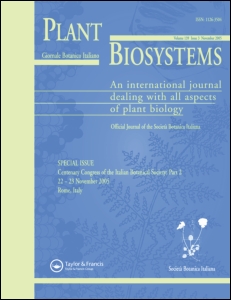MENUMENU

Research > Scientific Contributions
Giupponi L., Pentimalli D., Manzo A., Panseri S., Giorgi A.
To identify plants of the Alps through analysis of their roots is currently extremely difficult when using traditional identification methods such as dichotomous keys and/or illustrated atlases. Besides genetic analysis, other analytical methods, such as chromatographic analysis, could also be useful for root identification. Chromatographic fingerprints of root extracts of six species (Betula pendula, Picea abies, Fagus sylvatica, Larix decidua, Fraxinus excelsior and Corylus avellana) were analyzed in order to understand whether these species have a chromatographic fingerprint that identifies them, and hence to ascertain whether they can be identified by applying the method of analysis presented below. One hundred and sixty-two root samples were collected in various areas of the Alps and subjected to high-performance liquid chromatography (HPLC) analysis. Multivariate analysis techniques (e.g. cluster analysis) were employed for statistical analysis of chromatographic fingerprints. This study revealed that the chromatographic fingerprints of birch, spruce and larch samples were similar and that the method can therefore clearly identify the respective species. Instead, chromatographic fingerprint samples of beech, hazel and ash presented greater variability. Research proposals based on the results obtained in this study were also developed in order to implement and facilitate studies regarding plant roots.
